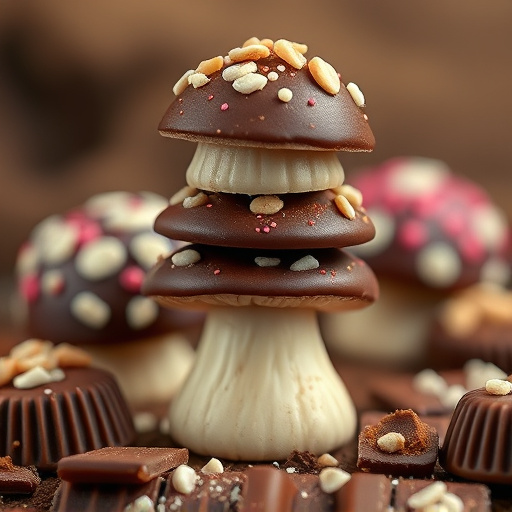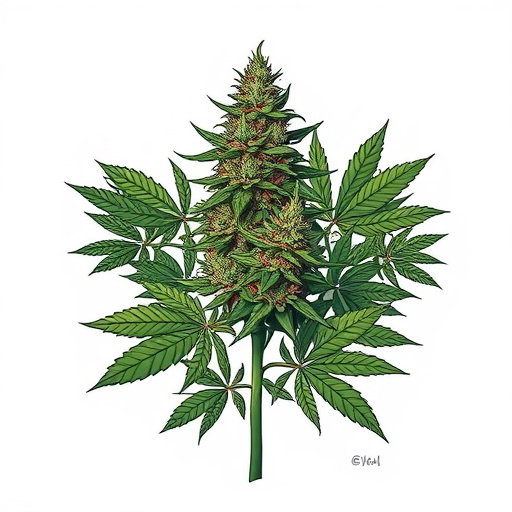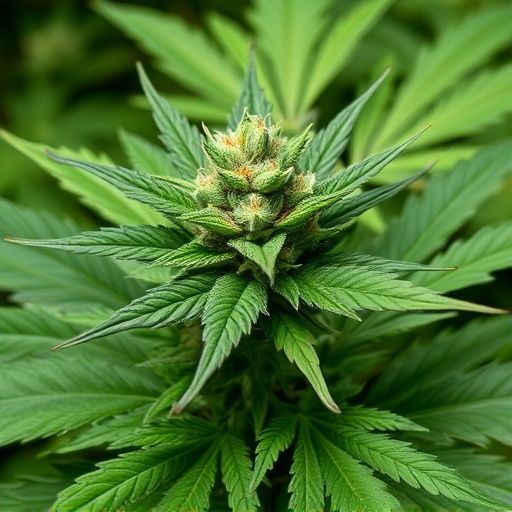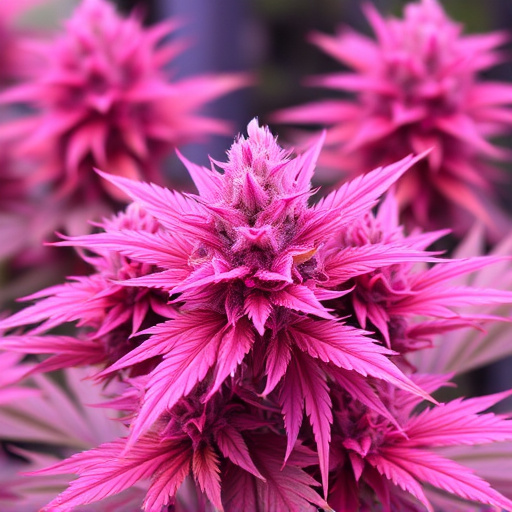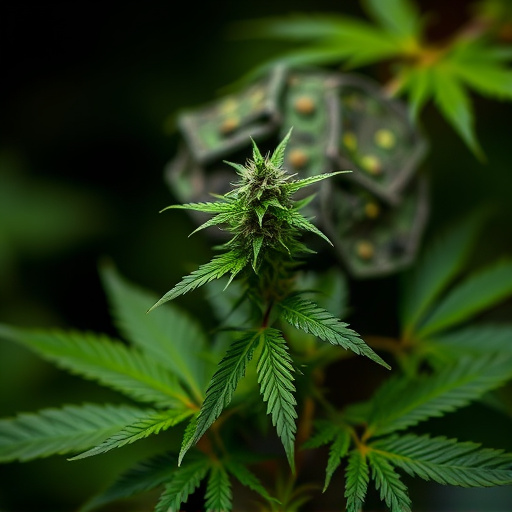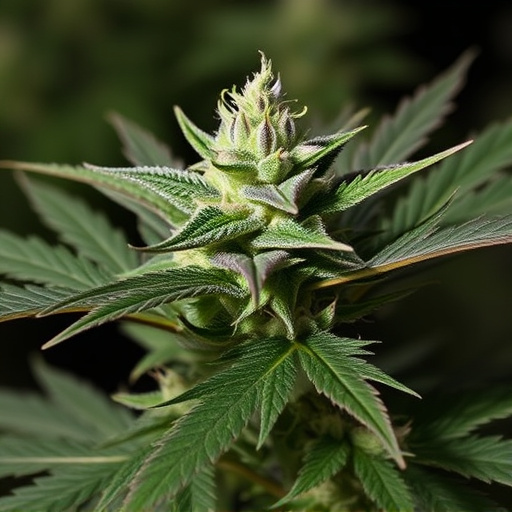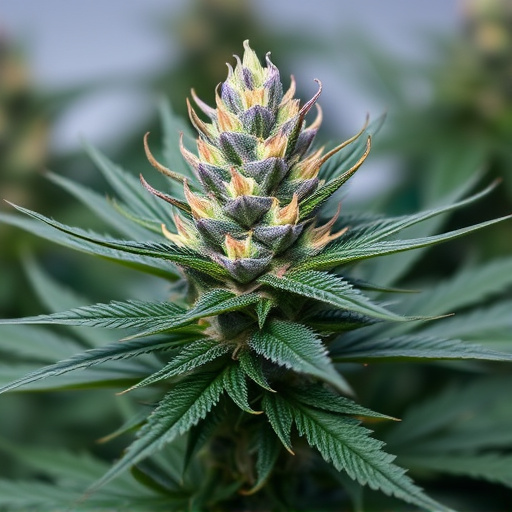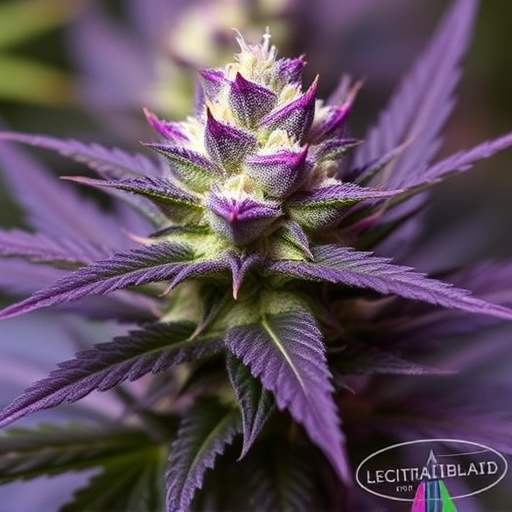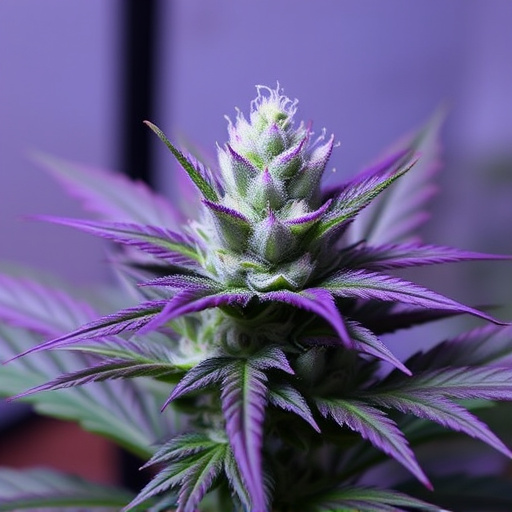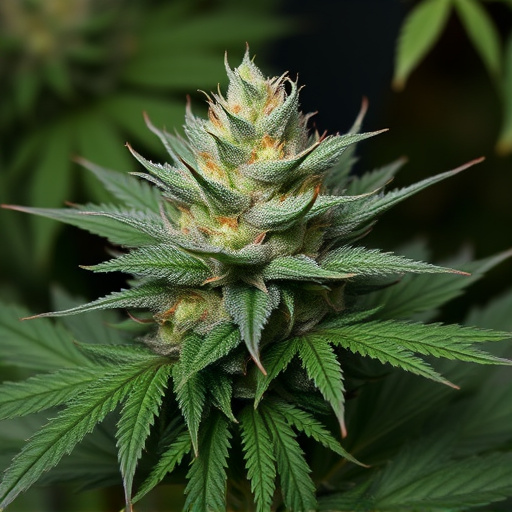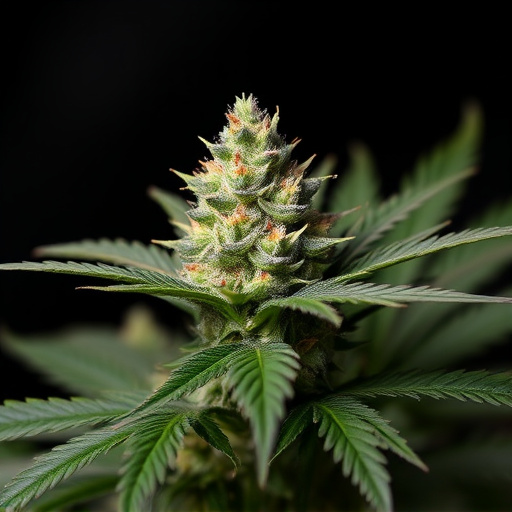Decarboxylation is a critical process in cannabis preparation that converts raw cannabinoids like THC and CBD into active forms through heat treatment, essential for optimal consumption effects and appreciating strain profiles. Selecting top hybrid cannabis strains such as Granddaddy Purple, Blue Dream, and Gelato prioritizes balanced THC-CBD ratios and terpene profiles for calming effects ideal for stress management. Decarboxylating cannabis at home is simple: preheat the oven to 220–240°F (105–115°C), grind flowers coarsely, spread them evenly on a lined baking sheet, bake for 30–45 minutes with occasional stirring, and store in an airtight container after cooling.
Learn the art of decarboxylating cannabis flower to unlock its full potential. This process, essential for maximizing the benefits of cannabis, involves transforming raw cannabinoids into active compounds. In this guide, we explore the science behind decarboxylation and highlight the best hybrid cannabis strains for optimal results. Discover a step-by-step approach to safely decarboxylate at home, allowing you to create potent edibles and enjoy a seamless cannabis experience.
- Understanding Decarboxylation: The Process and Its Purpose
- Selecting the Best Hybrid Cannabis Strains for Decarboxylation
- Step-by-Step Guide: Decarboxylating Cannabis Flower at Home
Understanding Decarboxylation: The Process and Its Purpose

Decarboxylation is a crucial process for cannabis enthusiasts and those looking to harness the full potential of this plant. It’s essentially a chemical transformation that unlocks the powerful compounds within cannabis flowers, also known as buds or nugs. This process involves heating cannabis to raise its temperature above 230°F (110°C), which triggers a change in the plant’s chemical structure. During decarboxylation, the raw cannabinoids present in cannabis, such as THC and CBD, are converted into their active forms.
For those interested in using cannabis for recreational or medicinal purposes, understanding this process is key. Decarboxylating cannabis ensures that when you consume it—whether through smoking, vaping, or incorporating it into edibles—you’ll experience the desired effects. It’s especially important when considering the best hybrid cannabis strains, as different varieties may require specific decarboxylation techniques to reveal their unique combinations of cannabinoids and terpenes, offering a tailored experience for various needs and preferences.
Selecting the Best Hybrid Cannabis Strains for Decarboxylation
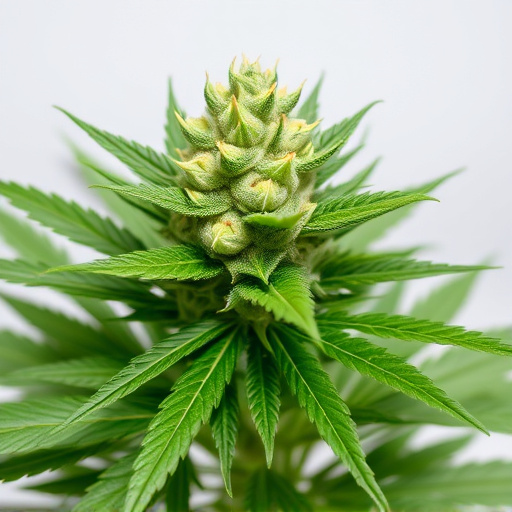
When selecting the best hybrid cannabis strains for decarboxylation, it’s essential to consider terpenes and cannabinoids profiles that offer a balanced blend of THC and CBD. Popular choices include strains known for their high CBD content, as these often produce less anxiety and more calming effects when decarboxylated, making them ideal for evening use or managing stress.
Some recommended best hybrid cannabis strains include Granddaddy Purple, Blue Dream, and Gelato. These varieties are celebrated for their potent yet balanced compositions, making them suitable for both recreational and medicinal users. Their unique terpene profiles further enhance the overall experience, contributing to a pleasant aroma and flavour that cater to diverse preferences.
Step-by-Step Guide: Decarboxylating Cannabis Flower at Home

Decarboxylating cannabis flower at home is a straightforward process that can be accomplished with minimal equipment and time. Start by selecting your preferred best hybrid cannabis strains, ensuring they are fresh and of high quality. Preheat your oven to 220–240°F (105–115°C), a temperature range optimal for decarboxylation. Next, grind the cannabis flowers into a coarse consistency using a specialized grinder designed for herb preparation. Spread the ground cannabis evenly on a lined baking sheet, ensuring no piles or clusters form, as this could prevent even heating. Bake in the preheated oven for approximately 30–45 minutes, stirring occasionally to ensure consistent exposure to heat.
The key to successful decarboxylation lies in monitoring both temperature and time. At the lower end of the temperature range, focus on maintaining heat for a sufficient duration to activate the cannabinoids without degradation. During the process, check the cannabis periodically for desired color changes from light green to dark brown. Once complete, remove the baking sheet from the oven and let it cool before transferring the decarboxylated cannabis to an airtight container for storage.
Decarboxylating cannabis flower is a crucial step in maximizing its therapeutic potential. By understanding the process and selecting the best hybrid cannabis strains, you can ensure a high-quality final product. Following our step-by-step guide allows for a successful home decarboxylation that unveils the full spectrum of cannabinoids, offering a natural and effective way to harness the benefits of this remarkable plant.
